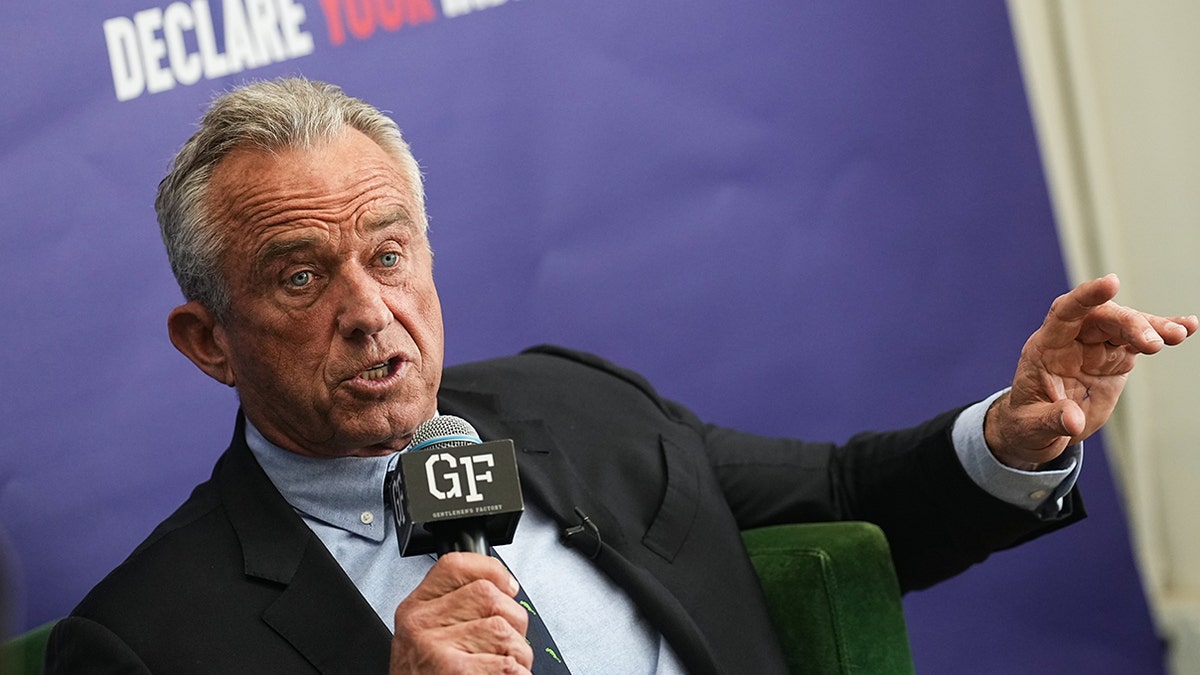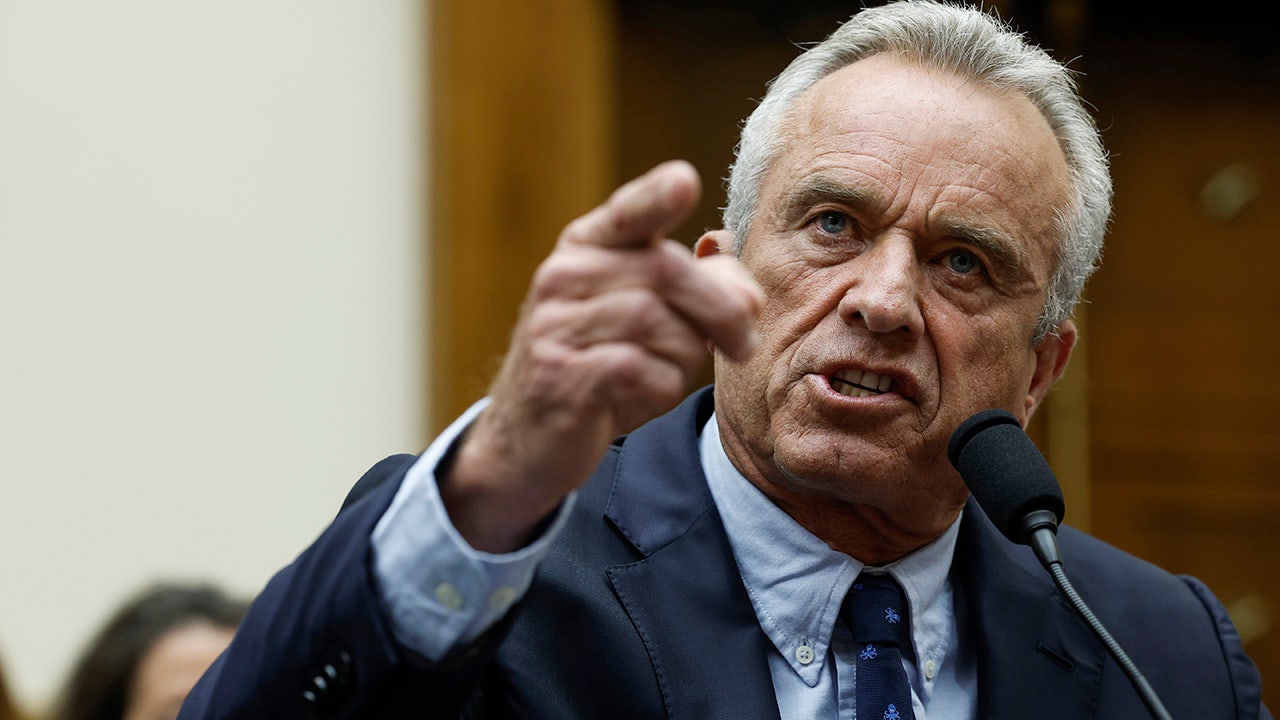Robert F. Kennedy's legacy continues to inspire millions, but one question lingers in the minds of history enthusiasts: what was buried with RFK? This article explores the final resting arrangements of this iconic figure, shedding light on the items interred with him, the significance of his funeral, and the enduring impact of his life.
RFK, or Robert F. Kennedy, was a pivotal figure in American politics and civil rights advocacy. His assassination in 1968 left an indelible mark on the nation, and his burial became a moment of national reflection. Understanding the items buried with him and the rituals surrounding his funeral offers insight into his life and legacy.
This article delves into the details of RFK's final resting place, the items placed in his casket, and the symbolism behind them. By examining these elements, we can better appreciate the profound influence RFK had on American history and the values he stood for.
Read also:Robin Tunney Movies Amp Tv Shows A Comprehensive Guide To Her Stellar Career
Biography of Robert F. Kennedy
Early Life and Career
Robert Francis Kennedy, born on November 20, 1925, in Brookline, Massachusetts, was the seventh child of Joseph P. Kennedy Sr. and Rose Fitzgerald Kennedy. His early life was marked by a strong sense of family values and a commitment to public service. RFK attended Harvard University and later received his law degree from the University of Virginia School of Law.
His career began in the U.S. Department of Justice, where he gained a reputation for his relentless pursuit of organized crime. In 1960, he played a crucial role in his brother John F. Kennedy's presidential campaign, serving as campaign manager. After John F. Kennedy's election, RFK was appointed Attorney General, where he continued his fight against corruption and championed civil rights.
| Full Name | Robert Francis Kennedy |
|---|---|
| Date of Birth | November 20, 1925 |
| Date of Death | June 6, 1968 |
| Place of Birth | Brookline, Massachusetts |
| Spouse | Ethel Skakel Kennedy |
| Children | 11 children |
What Was Buried with RFK? Key Items
Personal Effects and Symbolic Objects
The items buried with RFK were carefully chosen to represent his life, values, and contributions. These personal effects included:
- A rosary, symbolizing his deep Catholic faith.
- Photographs of his family, reflecting his devotion to them.
- A copy of the New Testament, highlighting his spiritual beliefs.
- Letters from his children, showcasing the love and connection he shared with them.
Each item holds profound significance, representing the core principles RFK stood for during his lifetime. His commitment to family, justice, and faith is encapsulated in these personal belongings.
The Funeral Ceremony: A Nation in Mourning
RFK's funeral was a somber and deeply symbolic event attended by thousands of mourners. Held on June 8, 1968, the ceremony took place at St. Patrick's Cathedral in New York City, followed by a procession to Arlington National Cemetery. The funeral train, which carried RFK's body from New York to Washington, D.C., passed through cities where thousands of Americans gathered to pay their respects.
This moment of national mourning united people from all walks of life, underscoring RFK's impact on society. His brother, Senator Ted Kennedy, delivered a heartfelt eulogy, remembering RFK as a man who "saw wrong and tried to right it, saw suffering and tried to heal it, saw war and tried to stop it."
Read also:Emma Stone The Versatile Star Captivating Hearts Worldwide
RFK's Final Resting Place: Arlington National Cemetery
Location and Significance
Robert F. Kennedy was laid to rest in Arlington National Cemetery, near the grave of his brother, President John F. Kennedy. This location holds immense symbolic value, as it serves as a reminder of their shared commitment to public service and justice.
The gravesite is a place of reflection for visitors from around the world, who come to honor RFK's legacy and the ideals he championed. The cemetery itself is a testament to the sacrifices made by countless individuals in service to the nation.
Symbolism Behind the Burial Items
Reflection of RFK's Values
The items buried with RFK were chosen to reflect his values and the causes he championed. For instance:
- The rosary symbolized his faith, which guided him throughout his life and career.
- The photographs of his family underscored his love and dedication to his family, which remained a central part of his identity.
- The New Testament represented his spiritual foundation and the moral compass that influenced his decisions.
These objects serve as a reminder of RFK's unwavering commitment to justice, equality, and compassion, values that continue to resonate with people today.
Historical Context: RFK's Assassination
RFK's assassination on June 5, 1968, was a tragic event that shocked the nation. Shot by Sirhan Sirhan, a Palestinian immigrant, RFK's death occurred just months after the assassination of Martin Luther King Jr. This period of turmoil in American history highlighted the deep divisions and challenges facing the country.
RFK's passing left a void in the political landscape, but his vision for a more just and equitable society endured. His burial and the items interred with him became symbols of hope and resilience in the face of adversity.
Legacy of Robert F. Kennedy
Impact on Civil Rights and Social Justice
RFK's legacy extends far beyond his burial and the items placed in his casket. As a champion of civil rights, he worked tirelessly to address issues of poverty, inequality, and racial injustice. His vision for a better America inspired countless individuals to take action and strive for positive change.
Today, RFK's legacy lives on through organizations and initiatives dedicated to promoting social justice, human rights, and equality. His life and work remind us of the importance of standing up for what is right and striving to create a more inclusive society.
Lessons from RFK's Burial and Life
Inspiration for Future Generations
The items buried with RFK and the rituals surrounding his funeral offer valuable lessons for future generations. They remind us of the importance of faith, family, and service to others. RFK's life and death serve as a call to action, encouraging individuals to pursue justice and equality in their own lives.
By studying RFK's legacy, we can gain a deeper understanding of the challenges and opportunities facing our society. His life serves as a powerful example of how one person can make a difference and inspire others to do the same.
Conclusion: Remembering RFK's Legacy
In conclusion, the items buried with RFK, including a rosary, family photographs, and a copy of the New Testament, symbolize his commitment to faith, family, and justice. His funeral and burial became moments of national reflection, reminding us of the profound impact he had on American history.
We invite you to engage with this article by sharing your thoughts and reflections in the comments below. Additionally, explore other articles on our site to learn more about the lives and legacies of influential figures who have shaped our world. Together, let us honor RFK's memory by continuing to work toward a more just and equitable society.
Table of Contents
- Biography of Robert F. Kennedy
- What Was Buried with RFK? Key Items
- The Funeral Ceremony: A Nation in Mourning
- RFK's Final Resting Place: Arlington National Cemetery
- Symbolism Behind the Burial Items
- Historical Context: RFK's Assassination
- Legacy of Robert F. Kennedy
- Lessons from RFK's Burial and Life
- Conclusion: Remembering RFK's Legacy


